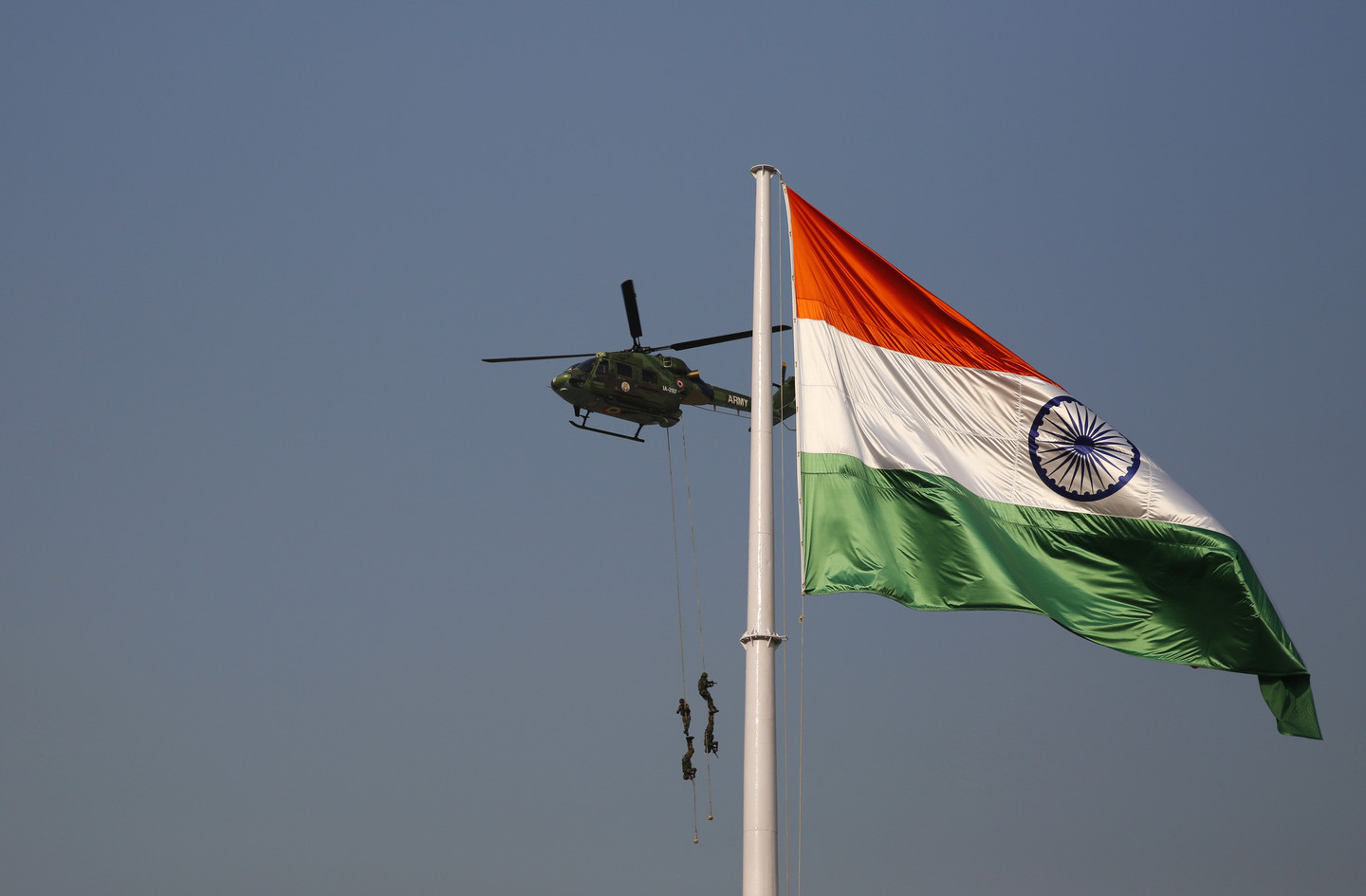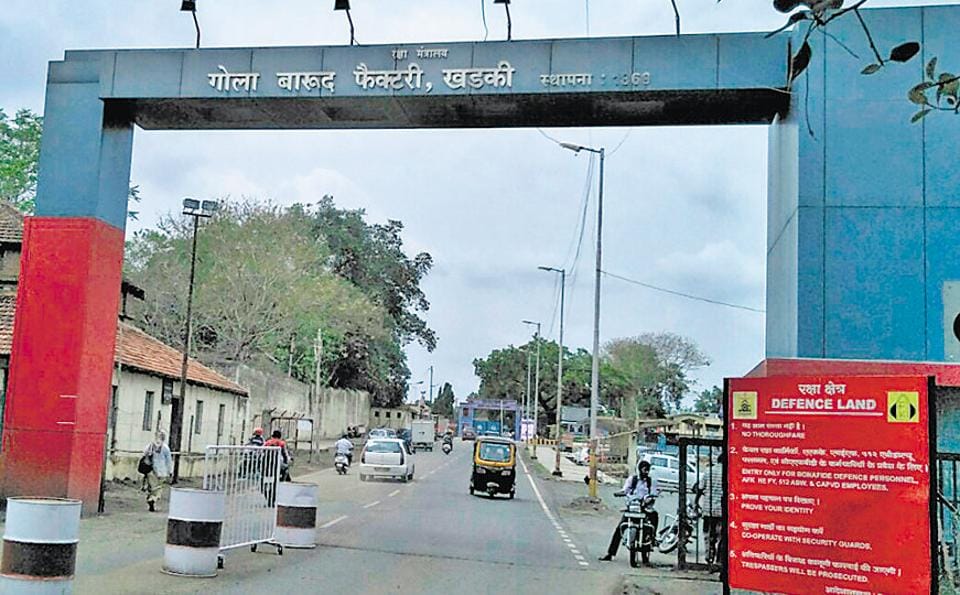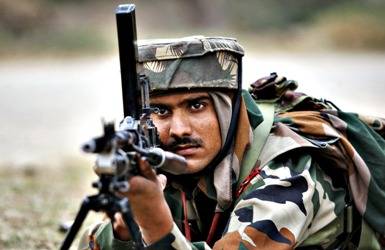India is an upcoming Military and Economic Might, this thread is dedicated to it
The line and the image


India is an upcoming Military and Economic Might, this thread is dedicated to it


The line and the image




Inept and despicable. A potent combination. This is what you get from people who believe life ends with death.Husband killed wife using venomous snake in second attempt in Kerala, India
Wife's parents became suspicious when Kerala man tried to secure wife's property
Published: May 25, 2020
AFP
View attachment 13217
Picture for illustrative purposes. The snake provider was also arrested.
New Delhi: After first failing with a viper, an Indian man has been arrested for allegedly murdering his wife by letting loose a cobra in her room, police said Monday.
Police in the southern state of Kerala said phone records showed the man - named as Sooraj - had been in contact with serpent handlers and had also watched snake videos on the internet.
In March, the 27-year-old got hold of a highly venomous Russell's viper which bit his wife Uthra and left her in hospital for almost two months, police official Ashok Kumar told AFP.
While still recuperating at her parents' house earlier this month, Sooraj obtained a cobra from a snake handler and threw the animal at his sleeping wife.
"Sooraj stayed in the same room as Uthra as if nothing had happened. He was going about his morning routine the next day when he was alerted by Uthra's mother's screams," a police statement said.
"They took her to the hospital where the doctor said she had died," it added.
Uthra's parents became suspicious when Sooraj tried to secure ownership of his wife's property just days after her death.
She was from an affluent family, but Sooraj - who worked in a private bank - was not so well off.
The couple had a one-year-old child.
Police said the marriage had involved a huge dowry comprising nearly 100 gold coins, a new car and some 500,000 rupees (around $20,000) in cash.
"Sooraj feared that divorcing Uthra would mean giving back all the dowry. That's when he decided to kill her," the police statement said.
The snake provider was also arrested, it added.


Defects mar products of ordnance factories
Assessing How India’s ‘Fourth Arm of Defence’ Decreased the United States’ Munitions
Michael Lima, D.B.A., is an Ammunition Warrant Officer and has served 21 years in the United States military. He can be found on Twitter @Mike_k_Lima and provides pro bono consulting in munitionwww.realcleardefense.com
Assessing How India’s ‘Fourth Arm of Defence’ Decreased the United States’ Munitions
Michael Lima, D.B.A., is an Ammunition Warrant Officer and has served 21 years in the United States military. He can be found on Twitter @Mike_k_Lima and provides pro bono consulting in munitions and explosives safety on MikeLimaConsulting.org. Divergent Options’ content does not contain information of an official nature, nor does the content represent the official position of any government, any organization, or any group.
Author and / or Article Point of View: The author believes in India’s growing military-industrial complex. The article’s point of view is from India towards the United States’ defense security cooperation programs.
Summary: India has a growing military-industrial complex that includes state-owned enterprises, and has been less reliant on the United States and Russia for munitions production. This complex simultaneously builds political ties with other nations and builds partners and allies in the world. Surround by hostile nations and increasing its industrial base, India increased its internal strength and therefore its influence.
Text: Mohandas Gandhi said that “Democracy necessarily means a conflict of will and ideas, involving sometimes a war of the knife between different ideas.” He is one of India’s most famous leaders who believed in non-violence, and successfully lead independence from the British without using a gun.
When the discussion of a nation’s industrial base for arms production comes around, three countries come to mind, the United States, China, and Russia. One country that is not associated with arms production in the world stage is the Republic of India. But in 2017, Indian companies ranked in the Top 100 categorized by Stockholm International Peace Research Institute as an emerging producer nation[1]. The achievement in production was due to a combination of defense production facilities and state-owned enterprises. The ‘Make in India’ nation-building initiative has transformed India into a global manufacturing hub[2]. India has shown the ability to produce and export at an international level, but its efforts are concentrated towards internal ordnance production known as its ‘Fourth Arm of Defence.’
At the heart of the Indian ordnance production is the Ordnance Factory Board, under the direction of the Department of Defence Production. This government organization is responsible for vertical integration of munitions with 41 factories, nine training institutes, three regional marketing centers, and four regional Controllers of Safety[3]. The board is one of the oldest and dates to the 1775 colonial period, with the East India Company of England and British authorities’ establishment of Board of Ordnance[4]. Along with the defense facilitates, additional facilities are run by state-owned enterprises such as Hindusthan Aeronautics Limited, Bharat Electronics Limited, and Bharat Dynamics Limited. These enterprises make up most of India’s arms production. With this amount of production, it is difficult to understand why India needs the United States’ armament.
The United States is the second-largest arms supplier to India, and Russia being the first[5]. Through the Defense Security Cooperation Agency, the United States supports India with major aircraft programs such as AH-64E Apaches and C-17 Globemaster III[6], and sales of armament as the AGM-84L Harpoon Block II air-launched missiles[7]. The Federal Service for Military and Technical Cooperation of Russia assists India with larger weapon systems such as the T-90S tanks[8] and Russian S-400 surface to air missile systems[9]. The Indian government, with an impressive military-industrial complex, does not yet have the same capabilities as its two leading importers. The Republic of India does a balancing act of building relationships with both the United States and the Russian government while having contested borders with China. Also, of note politically is India’s near war with its main rival Pakistan over the Jammu and Kashmir region[10]. These circumstances have driven India to be independent and less reliant on external support.
The United States arms exports to India decreased by 51%, and Russian arms exports to India were reduced by 47% between the periods of 2010–14 and 2015–19. [11] The ability for India to have major ownership of the supply chain of the military-industrial complex, allows India to produce munitions systems comparable to the United States and Russia. This, in turn, brings about the success required to decrease import sales from both countries. Between 2010–14 and 2015–19, India’s overall arms imports decreased by 32%, which aligns with their stated objective to produce their own major arms, but still have plans for the imports of major systems[12].
Even with an overall decrease in imports, India continues to increase arms imports from other major powers like Israel and France by 175 and 71%, respectively, in the same time frame. Simultaneously reducing dependency on world superpowers and building political ties with other strategic and critical partners throughout the geopolitical spectrum. Additionally, India managed to have an increase of 426% of arms to smaller countries such as Myanmar, Sri Lanka, and Mauritius[13]. Showing the capability of their industrial complex to produce and export.
The United States and India have a partnership based on shared values, including democratic principles, and the U.S. supports India’s emergence as a leading global power to ensure regional peace in the Indo-Pacific[14]. With the acknowledgment of India’s advancement as a superpower, the United States will eventually concede that its partner has a military-industrial complex that can rival its own. State-owned enterprises increased the capacity of India’s defense production and technical expertise. While the United States is a leading arms exporter to India, working with India to use both U.S. and Indian arms exporting as an instrument of influence within the Indo-Pacific, will likely be required to offset China’s rise.





Assessing How India’s ‘Fourth Arm of Defence’ Decreased the United States’ Munitions
Michael Lima, D.B.A., is an Ammunition Warrant Officer and has served 21 years in the United States military. He can be found on Twitter @Mike_k_Lima and provides pro bono consulting in munitionwww.realcleardefense.com
I didn't think of it that way, it was supposed to be written in a Indian's perspective, I was wondering do they really feel that independent? Where are they getting their rare earth minerals for these weapons? I would think it would have to come from some back door strategy from China.Articles like these are put out by those still hoping to contain China by supporting India and staying in Afghanistan. It is clearly a failed strategy. But the problem is that there is no alternate strategy. Pakistan has been burnt too many times and will take any US largesse while making sure its security and geopolitical interests are not compromised. Hence the constant debates in the US media on whether to withdraw from Afghanistan or not. Coronavirus has hastened US exit from Afghanistan and US will not interfere in the stand off between India and China.
But some people can still cry about it.

